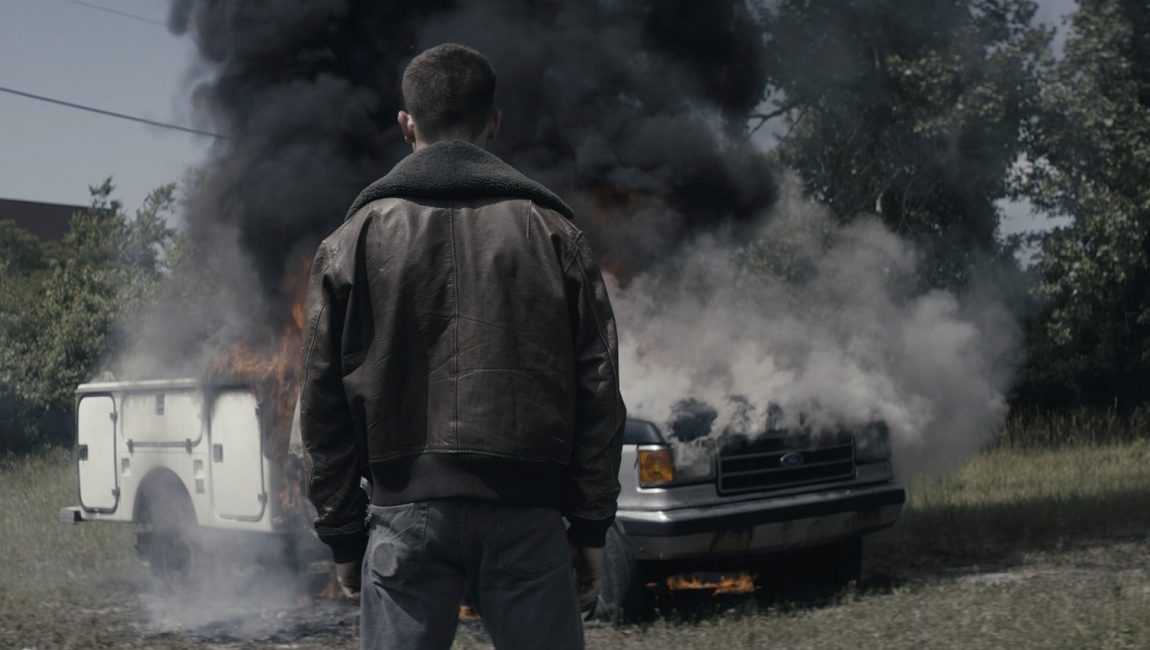“We’re all just trash, waiting to be thrown away…” Consider what it must be like to be a toy in the world of the Toy Story films. It’s all fun and games as long as your owner is of the age where you matter. Every toy, like every human, must know that nothing lasts forever; and as long as you aren’t junked, you’re effectively immortal. This translates to a relatively brief window of happiness sidling into a long dry desert of disappointment and boredom. These are not parameters explored by the average children’s film. Then again, it’s debatable whether it can be said that Pixar is making children’s films any more; they’ve often explored parental fears and concerns, but over their last couple of projects the house seems to leaving behind even the last vestiges of their initial identity.
For a company that built a reputation as the makers of the best family films in the business, Pixar are working awful hard at dropping that word “family” and laying claim to making the best films in the business, period. The delightful Toy Story 3, helmed by longtime studio stalwart Lee Unkrich, is no exception. It hits staggering highs nearly unheard of in a third franchise installment. It’s difficult to believe that fifteen years have passed between the first film and this new one, yet Unkrich and company kick things off with a deft and exciting action sequence—an imaginative rendition of what goes on inside Andy’s head during playtime—that serves to situate us right where we last left Woody (Tom Hanks), Buzz (Tim Allen), and the rest. (Among other things, there’s a mushroom cloud made of the Barrel-o-Monkeys, a sight as disarming as any I’ve seen at the movies.)
With little fanfare, Unkrich then jumps to the present, where it turns out that Andy is preparing to head off to college. The toys, anxious over where they go from here, expect that the best they can hope for is a lifetime of quiet storage in the attic. A mix-up with bags, though, delivers them to a far more unexpected fate—they’re donated to the Sunnyside Daycare facility, an initially-idyllic haven overseen by the folksy and genial Lots-O-Huggin’ Bear, a large and cuddly stuffed plaything who always smells of strawberries and insists, in the avuncular tones of Ned Beatty, that the new arrivals call him Lotso. Woody, with the slightest tinge of desperation and neediness, insists on getting back to Andy’s house, even if being there means years of nothing, but other toys are enamored by Lotso and his creepy sidekick Big Baby—a hulking plastic baby doll with a wonky eye; the first indication that things may not be as perfect as they seem.
This Toy Story entry, as might be surmised, is heavier on the action than the other two. But then, when the characters are literally fighting for their right to exist on their own terms, you’d honestly expect nothing less.
When Woody departs on his own and Lotso in time is revealed as an iron-fisted, strawberry-scented sadist, Toy Story 3 kicks into high gear and, in doing so, reveals its soulfulness. One truly impressive thing about the film manifests only once this dual-track narrative is in place: It necessarily begins to grapple with the nature of the toys, of their ephemeral utility against their eternal existence, and… well, that’s pretty flooring. It’s a grand enough achievement to make a great second sequel when most can’t even muster up a single passable one. But to openly acknowledge that the story we know, the story we showed up to see, ended before the film began, that under a number of logical circumstances there would be no story at all? That what we’re watching is, if you want to get cosmic about it, an existential choice for our beloved characters between Hell and Limbo? To do this and still—still!—craft a terrific entertainment for all ages takes a lot of confidence and a lot of talent. That’s a great deal of baggage to carry, and one false move could throw weight to the wrong side.
Improbably, the balancing act comes off without a hitch, due mainly to an inexhaustible propulsive energy and a delirious inventiveness. While Woody gets sidetracked from his quest to return home, Buzz and the rest plot to escape Sunnyside, thus transforming the narrative into a tricky prison-break actioner—a molded-plastic Brute Force with a sense of whimsy. Adapting the beats and clichés of a prison flick for the Toy Story world leads to some of the film’s best moments, culminating in a hilarious re-modeling of Mr. Potato Head (Don Rickles). Special mention should also be made of the freakiest cymbal-banging monkey since Stephen King’s motorized monster. This Toy Story entry, as might be surmised, is heavier on the action than the other two. But then, when the characters are literally fighting for their right to exist on their own terms, you’d honestly expect nothing less.
Some may complain about the emphasis on constant movement over character development, but the balance is struck in just the right way, and the expert voice acting is key. New characters are given voices by the likes of Beatty, Michael Keaton, and Timothy Dalton, all working in a certain register of psychological shorthand—their voices say everything we need to know about their animated avatars—while the characters we already know carry pre-existing associations from the earlier films. Toy Story 3, then, has it all: An intelligent and heartfelt premise, an ingenious measure of narrative construction, tense doses of action and peril, and even a cleverly literal deus ex machina. Lastly, there’s the perfectly bittersweet and beautiful coda, where the Pixar team prove that they still know how to break your heart and make you love it.








No Comments